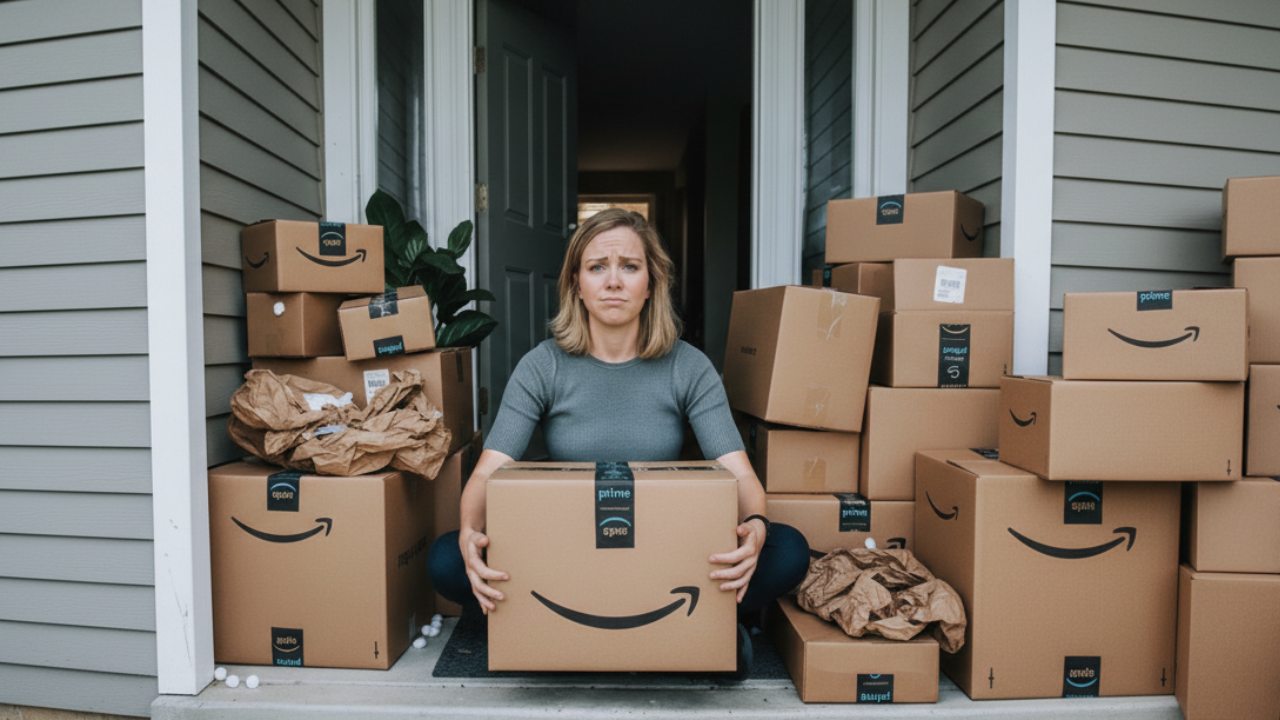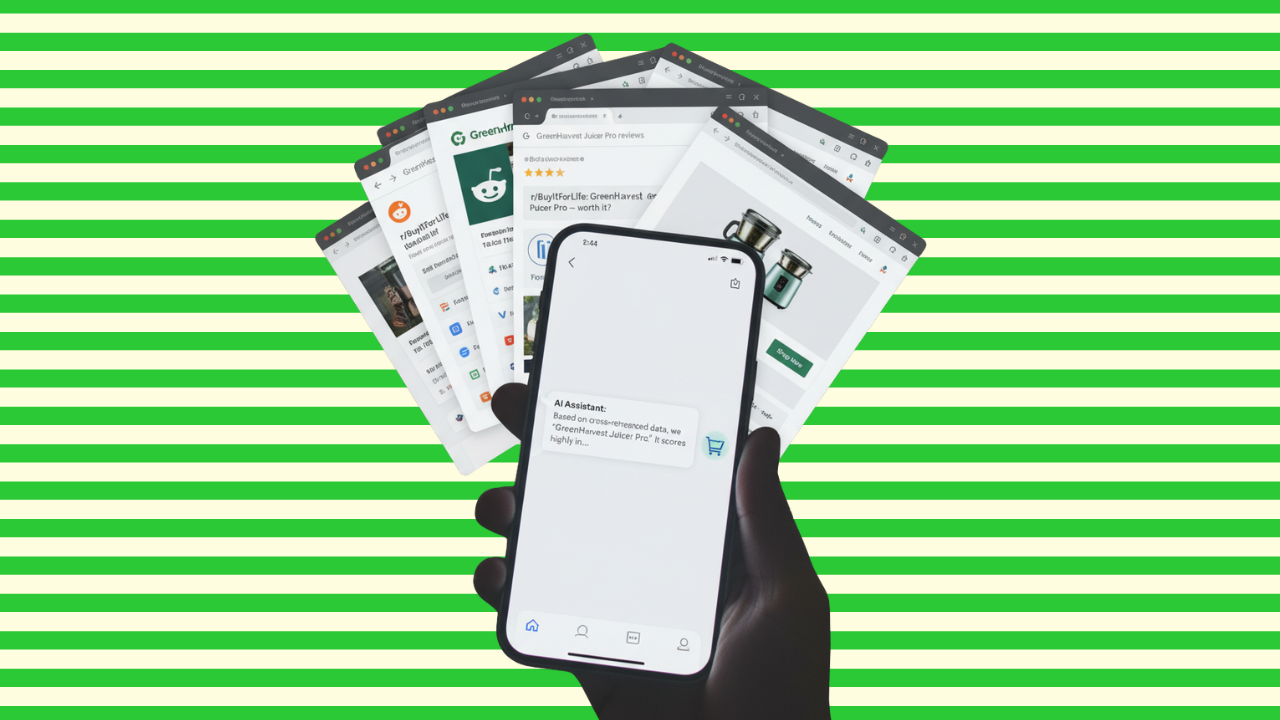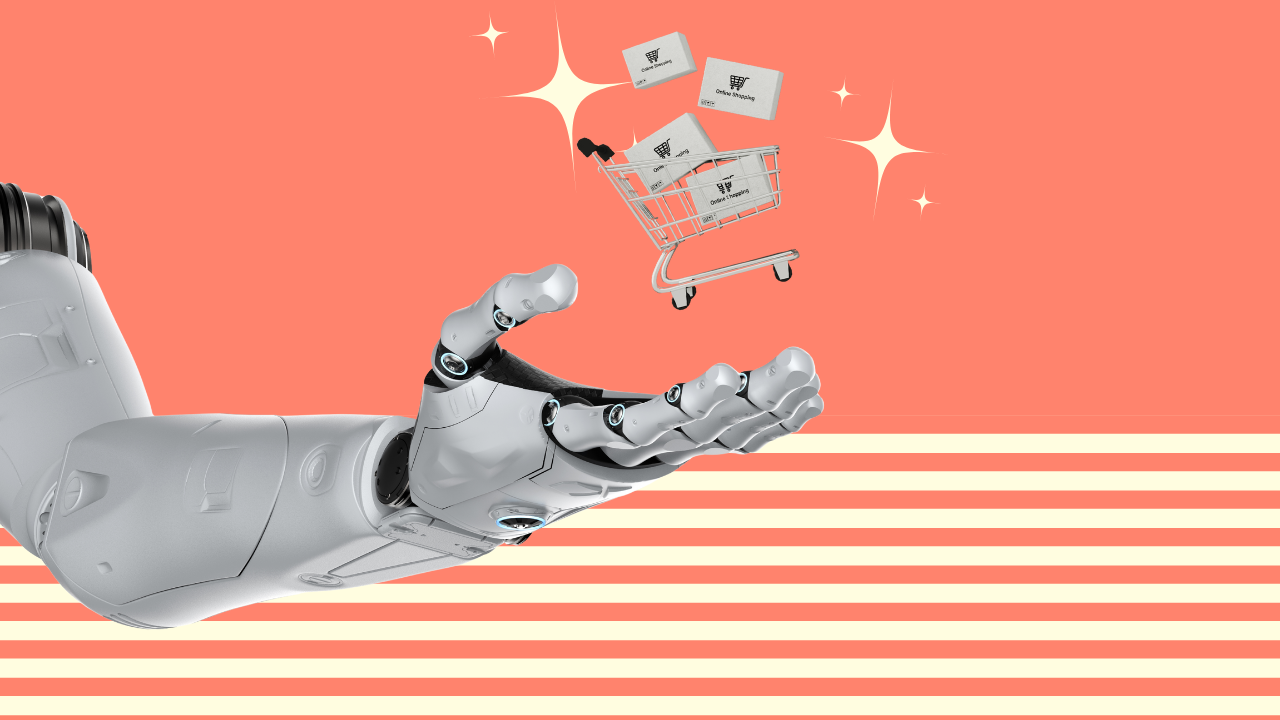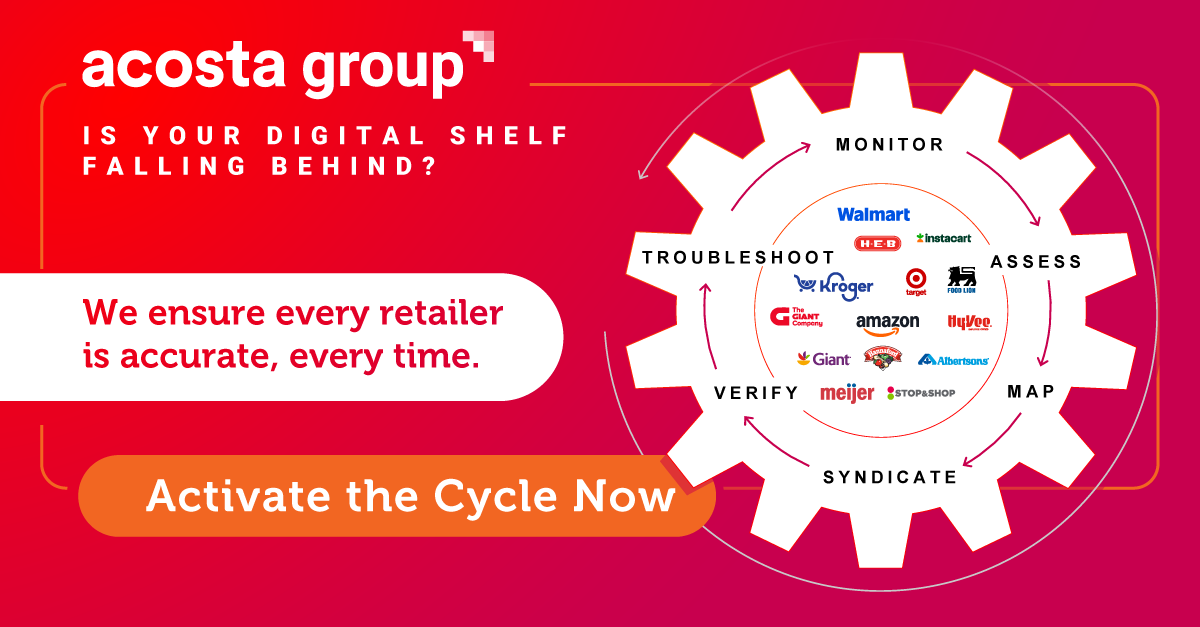I Got Prime Deals. Or Did I? Why Consumer Distrust Is AI Shopping's Real Opening
Online shopping has become exhausting detective work for millions of consumers.

Last week I bought a few things during Amazon's Big Deal Days. The packages have arrived, and now I'm sitting here with an uncomfortable question: did I actually get a deal?
I have an underlying sense I didn't, but it's too hard to check. I didn't screenshot the "percent off" claims at checkout, and while I can pull up price history on CamelCamelCamel now, I can't reconstruct what Amazon told me the discount was when I handed over my money. Amazon controls that narrative, and once the promotion ends, the evidence disappears.
I'm privileged enough that I don't have to watch every penny. But I keep thinking about shoppers who do need to—and for them, this is just nuts.
Welcome to e-commerce in 2025.
Shopping Online Kind Of Sucks Now
Online shopping has become exhausting detective work for millions of consumers.
I'm not alone in my doubts about what kind of 'deals' I got last week.
According to Numerator research, satisfaction with October's Big Deal Days dropped to 58%, down from 66% in July. More telling, 55% of shoppers actively compared prices across competing retailers—that's defensive shopping, not casual browsing.
1. Opaque pricing.
Retailers use fake list prices and reference pricing to make discounts look bigger than they are.
Consumers are getting hip to this. Just last month, two Amazon customers filed a federal class action lawsuit in Washington alleging Prime Day promotions are fraudulent. The complaint claims Amazon inflated "list prices" immediately before Prime Day to make discounts look bigger than they were.
2. Inconsistent product information.
Product pages routinely contain contradictory specs—one section says leather, another says synthetic. These content errors and inconsistencies plague retailer websites and create doubt about what you're actually buying.
3. Hidden costs.
"Free shipping" that vanishes at checkout. Return policies buried in fine print. Unclear delivery windows.
4. Manipulated social proof.
Review gaming, fake ratings, and incentivized feedback make it nearly impossible to gauge genuine product quality.
5. Ad overload.
The shopping experience is increasingly dominated by sponsored placements. I recently discussed this with Scot Wingo on his podcast. I'm sympathetic to this concern, though I remain skeptical it's truly broken—sponsored product ads work too well to be completely terrible for shoppers. But the perception of manipulation matters - consumers tend to complain about ads (the ones that they notice, at least.)
Each of these requires exhausting verification work that AI agents can do invisibly and instantly. Adobe's research shows 38% of consumers have already used generative AI for shopping, with 36% specifically seeking deals through AI tools. These aren't tech enthusiasts playing with toys—they're shoppers doing defensive shopping.
Sure, you’re crushing it on Amazon and Walmart. But what about Kroger, Instacart, and the fast-growing regional grocers? Acosta Group builds holistic media plans built on real shopper behavior across all the US retailers that your brand cares about.
They work directly with retailers of all sizes and know where your dollars will drive the biggest sales impact. From digital shelf to retail media to data analytics Acosta Group offers end-to-end Connected Commerce—all under one roof.
The Skeptics Say Everything's Fine
Retail analyst Andrew Lipsman—someone I respect—recently dropped a ballsy essay titled Agentic Commerce is a Collective Hallucination arguing that AI shopping agents are a solution looking for a problem. He walks through his last five purchases: a basketball pump, Claritin, a shirt, running shoes, a compost bin. The easy purchases required "almost no thought." For complex ones, he's certain an agent would fail.
Buying stuff on the internet is already efficient, he argues. Why complicate it with AI?
But his "almost no thought required" framing reveals something: he trusts what he's seeing.
Last month I spent 2 hours trying to buy Naturalizer wide-width boots—not because I couldn't find them, but because I couldn't trust what I was seeing. The Shoe Mall product page listed them as leather in the title, synthetic in the specs. I checked three other retailers, each with contradictory details, and different pricing at the checkout once I factored in varying shipping costs. By the time I completed the purchase, I'd cross-referenced four websites and still wasn't confident I got the best deal.
This is the "easy" shopping Lipsman describes—if you're willing to do exhausting detective work, if you have time to verify everything, if overspending here and there won't meaningfully impact your family's budget.
For millions of shoppers, that trust is gone. What's left is an ocean of confusing choices and more busywork required to feel like you're not being taken for a ride.
How AI Agents Actually Help
AI shopping agents eagerly do the exhausting verification work that has become prerequisite to confident purchasing—cross-checking prices across retailers, parsing contradictory product specs, evaluating review authenticity, calculating true shipping costs.
Here's a delicious irony: Amazon didn't design a master plan to erode trust and then sell the solution. But 15 years of optimization decisions—each rational in isolation—created these trust gaps. Now they're blocking external AI agents while building Rufus, their own shopping assistant. The consequence: consumers who've lost faith in Amazon's pricing must now trust Amazon's AI to verify... Amazon's deals.
This can't hold. Walmart is taking the opposite approach, building systems that welcome external agents. Whether retailers like it or not, consumers are already turning to ChatGPT, Perplexity, and other tools to comparison shop and verify claims.
Trust, Not Technology
Andrew is right that transacting is easy. You can buy almost anything in minutes.
But trusting what you're transacting on has become impossibly hard. AI shopping agents aren't solving a made-up problem—they're responding to real erosion in the retail ecosystem that's been building for years.
I still don't know if I got a deal last week. The proof would be in the pudding—if I could actually see the pudding. Next time, I'm asking ChatGPT to check first.
Read related posts from me:












